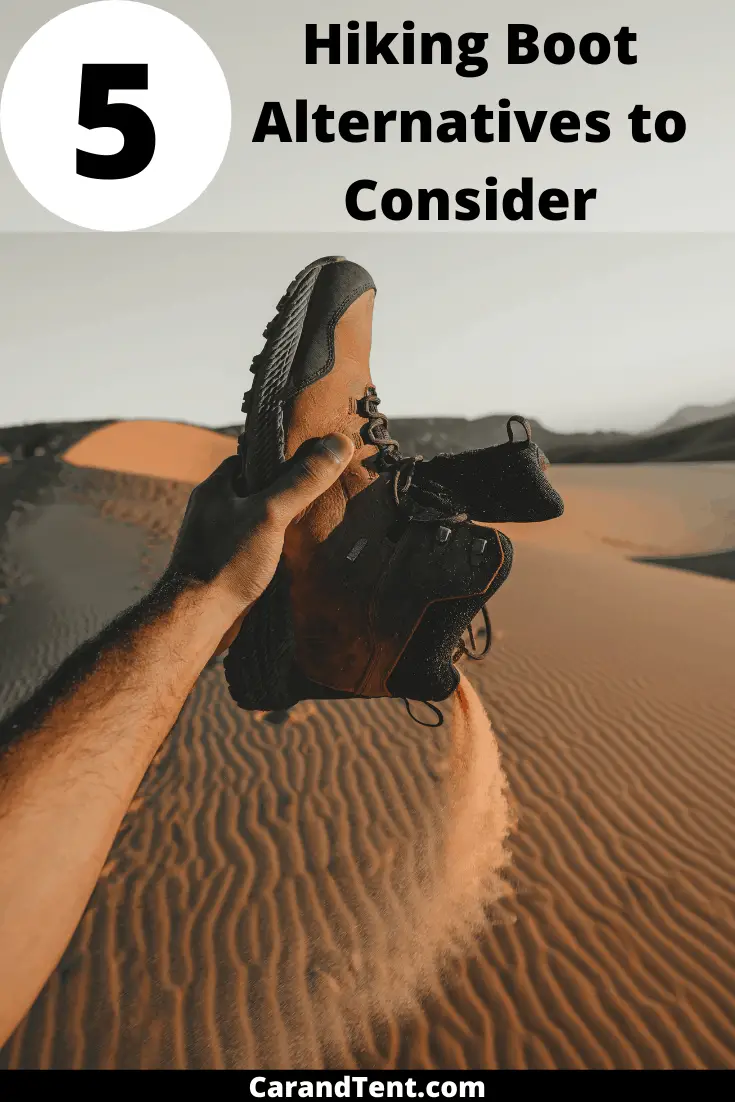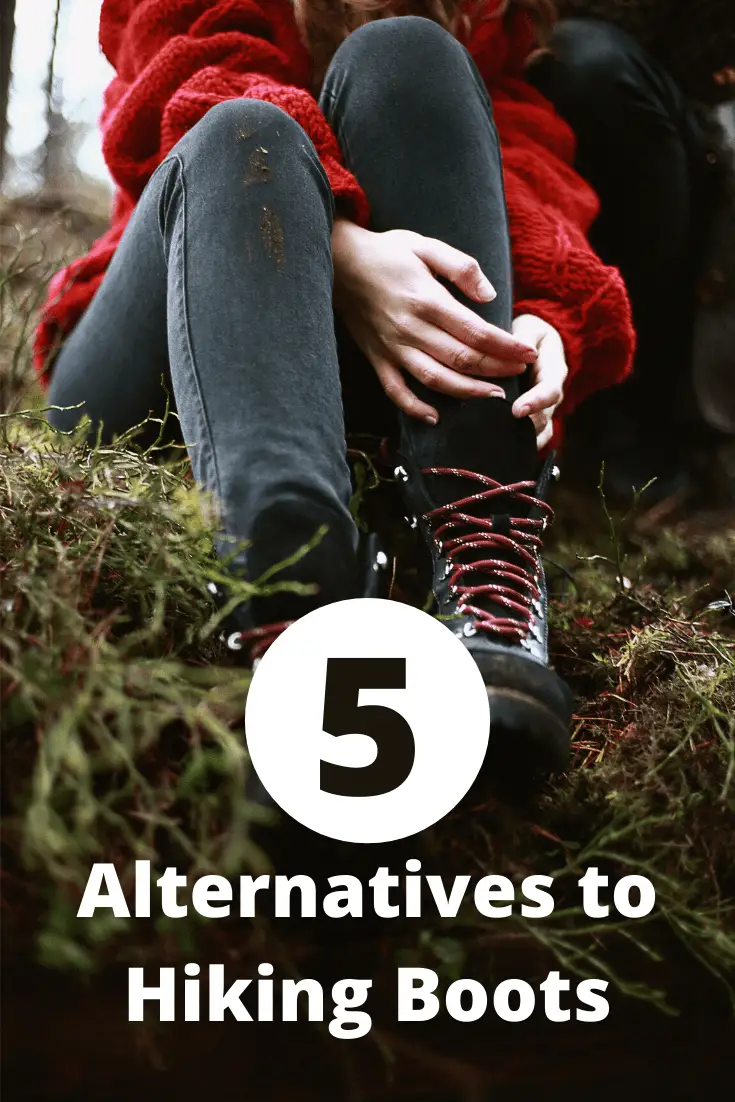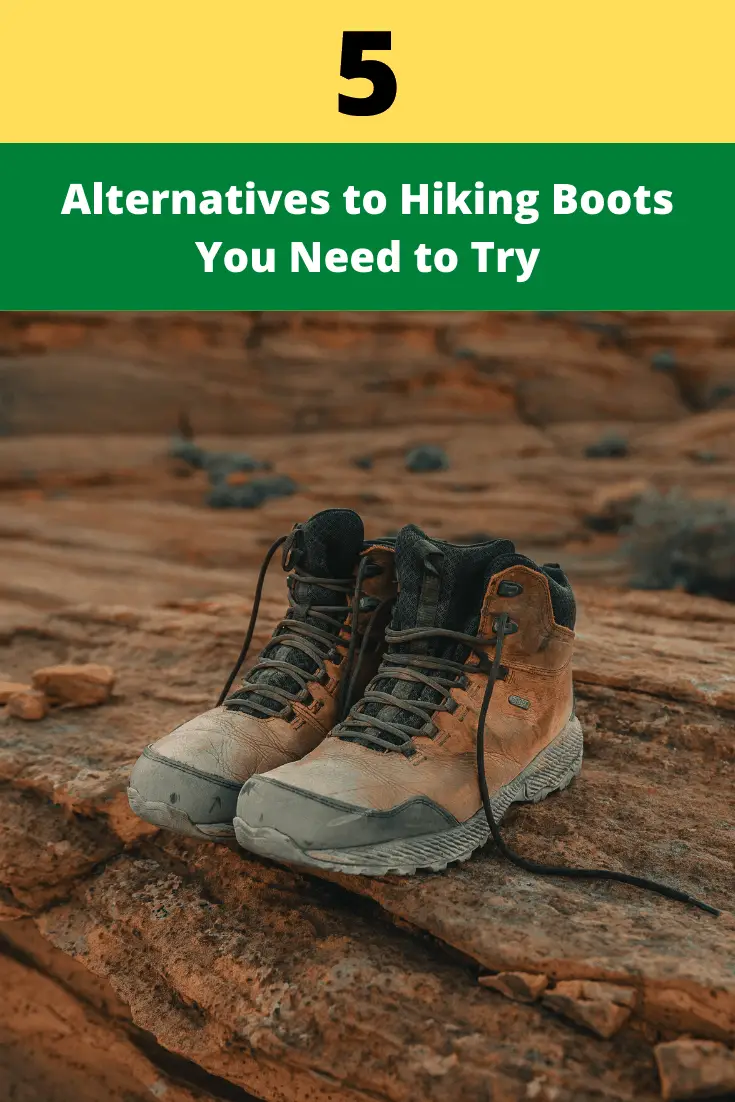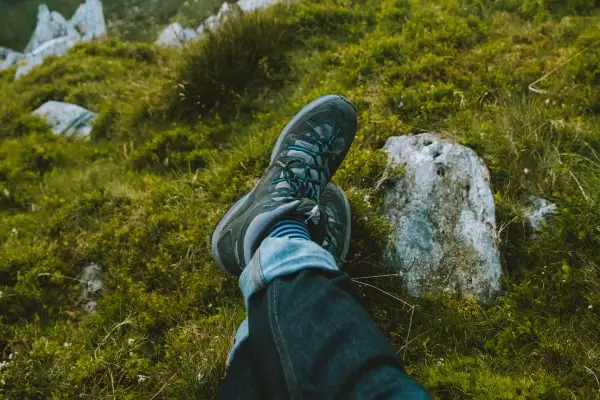
Hiking boots are great and I highly suggest investing in a nice pair to go hiking in. But are hiking boots necessary? Do you need hiking boots to go hiking?
You don’t need hiking boots to go hiking. In fact, there are many times when it might be better for you to leave your hiking boots at home. Instead, you might want to go with a pair of trail runners or aquatic hiking shoes.
Here are some alternatives to traditional hiking boots:
- Hiking Shoes
- Trail Runners
- Cross Trainers
- Hiking Sandals
- Aquatic Hiking Shoes
Table of Contents
Hiking Shoes
One of the first alternatives to hiking boots that people usually consider are hiking shoes. Hiking shoes have soles that rival hiking boots in thickness, grip, and weight. The difference comes in the upper portion of the shoe. Essentially it isn’t there. In fact, in many cases, these shoes look exactly like boots that had the top portion cut off of them.
The advantage of this is that these shoes are lighter in weight and usually not as hot on your feet. Additionally, because the ankles are not covered, you have a bit more flexibility in your feet when walking. This can make scrambling or walking up and down steep slopes easier.
Some people feel that this advantage is actually a drawback and that hiking shoes will not provide enough ankle support. However, this really isn’t true. As long as your ankles are strong enough to endure hiking you won’t need the additional ankle support that boots provide. This is especially true if you’re going on a hike without the added weight of a heavy backpack.
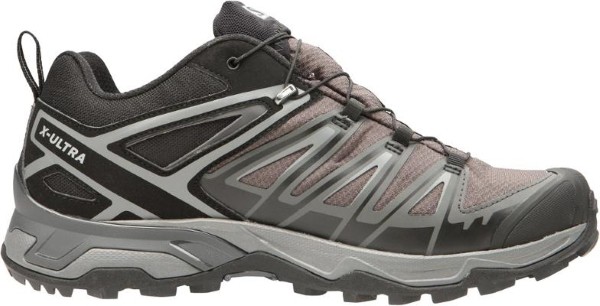
Quick Tips for Choosing a Good Hiking Shoe
Buy hiking shoes as if you’re buying a hiking boot with a lower upper. Look for materials that match your climate and your terrain.
Make sure your hiking shoes are waterproof. If you’re looking for something to wear when crossing through streams and rivers, consider a hiking sandal or aquatic hiking shoe instead.
Trail Runners
When I first left college, I got a job working as a store manager for a sporting goods store. The store always had a few different pairs of trail runners for sale and I was always amazed at how heavy they were in comparison to how light they looked.
These shoes look just like running shoes with the exception of a heavy-duty sole. The additional thickness of the sole is where the added weight comes from.
With a trail running shoe, you usually get a lot more breathability without sacrificing the durability and strength at the sole. This thick sole provides excellent traction and is perfect for running or walking on rugged trails as the soles will protect your feet against rocks, sticks, and anything else you may walk over.
The drawback to these shoes is that you won’t get much protection from them above the sole. A pair of trail runners aren’t going to provide much protection against snake bites or even fallen tree branches.

Quick Tips for Choosing a Good Trail Runner
Don’t expect your trail runner to feel like a running shoe. Trail runners have thick soles that are meant to provide extra traction and durability. This feature makes them heavier than traditional track shoes.
Choose upper materials that match your weather conditions. Mesh uppers are great for the milder temperatures of spring, summer, and fall, while leathers and their synthetic counterparts are better for winter hiking and trail running.
Cross Trainers
The cross trainers you wear every day for general fitness can also be good for hiking in. These shoes are usually lightweight and they have thick stabilizing insoles that protect your heels and arches while walking.
The drawback to wearing cross trainers when hiking is that they aren’t going to provide as much traction. This means when you’re hiking on trails that are covered with wet leaves, rocks, or mud, you may be more susceptible to slipping and falling. Even thick sand could be a problem as your cross trainers won’t have a sole that is thick enough to keep your feet out of it. For these reasons, I’d recommend you only wear cross trainers when hiking on well-groomed trails.
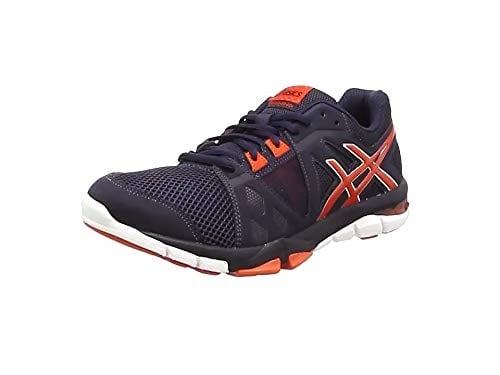
Quick Tips for Optimizing Your Cross Trainers for Hiking
Get a stability insole. These insoles usually cost less than $20.00 and they provide additional comfort and stability for you while you’re out on the trail.
Use shoe spray. If you still have leather cross trainers, make sure you spray them down with a good protective spray each year.
Hiking Sandals
Some people, myself included, like to hike in sandals. The benefit of sandals is that they do not weigh much and they allow your feet to breath. I also like them because I can walk through mud and water in them without any worries. When I get home, I just rinse them off with a hose or throw them in the shower. In fact, I recently wore my hiking sandals while cleaning up a muddy yard for this very reason.
The drawbacks to sandals are that they do not provide nearly as much protection as a hiking boot and they will not keep your feet warm. Also, I tend to get blisters if I don’t wear them with socks.
Another drawback is that some sandals will not provide any protection to your toes. I don’t have this problem with my hiking sandals as I only buy hiking sandals with a closed toe.
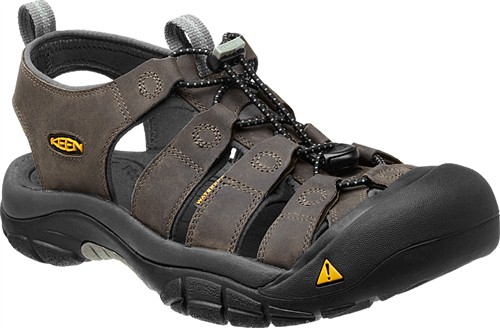
Quick Tips for Choosing a Good Hiking Sandal
Get a pair of closed-toe hiking sandals for harsh terrains. Yes, some of them look a little like crocs but you’ll be glad you have them when you stub your toes against a big rock or tree log.
Choose a pair with a buckle or velcro straps. I find the ones that use string don’t hold up as well as the straps and buckles.
Aquatic Hiking Shoes
If you grew up in the 80s and 90s as I did, you probably had a ridiculous looking pair of water shoes. These shoes kept your feet protected at the beach and they ensured that you’d always bring home way more sand than you would have otherwise. They also smelled bad pretty quickly because what child has the foresight to realize he should probably wash his water shoes off after wearing them on the beach all day.
Aquatic hiking shoes can sometimes look a bit like these water shoes but they have a lot more traction on the bottom of them for hiking. They also provide more support at the upper portion of the shoe. These shoes dry out quickly and some people like to use them when they know they’ll be hiking through water.
The benefit of these over hiking sandals is that the enclosed upper will keep bugs and tree branches out of your toes. As such, you’re a lot less likely to get poison ivy in an aquatic hiking shoe than you are to get it while wearing hiking sandals.
The drawbacks of this shoe are similar to that of hiking sandals. You won’t get protection from animals or from the weather like you would with a good set of hiking boots.
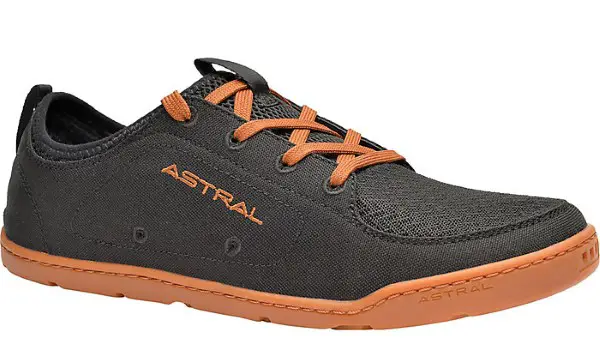
Quick Tips for Choosing a Good Aquatic Hiking Shoe
Look for a pair with great tread on the bottom. Oftentimes, water shoes will not provide enough tread for hiking.
Choose a pair with good drainage. Aquatic hiking shoes with good drainage will dry much faster than ones without.
When to Stick with Boots
Hiking boots have been around for years and they are still the favorite footwear of choice among hikers. Wear the others when appropriate, but stick to boots when:
- You’re hiking in areas with snakes or heavy tick populations.
- You want protection from cold weather.
- You want additional ankle support.
Many hiking boot alternatives will provide you with tread, comfort, and durability. However, a hiking boot will give you more protection from the elements than you can ever hope to get from any of the hiking boot alternatives.

Quick Tips for Choosing a Good Hiking Boot
Buy a hiking boot that matches the terrain and climate you’ll be hiking in. For example, you wouldn’t want to wear a pair of steel-toed jungle boots if you’ll be hiking through snow. (Because you’ll get frostbite on your toes.)
Go with a material that matches the elements you’ll mostly be hiking in. For instance, if you’ll be hiking in areas with snakes you may want to get Kevlar boots or at least a pair of thick leather boots. If you’re hiking in areas without these dangers, a nice lightweight pair of Gortex boots might work better for you.
